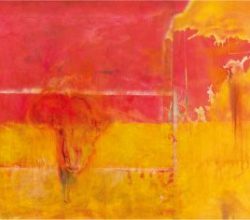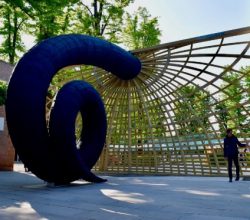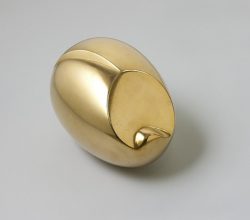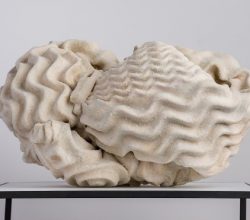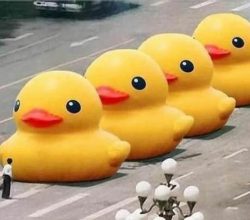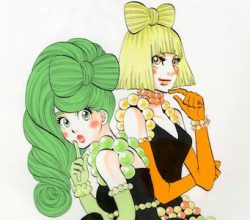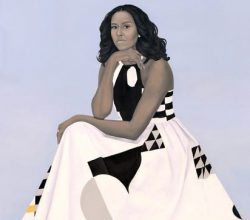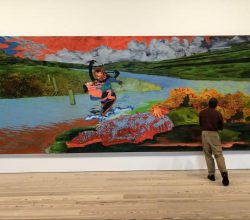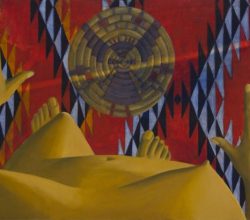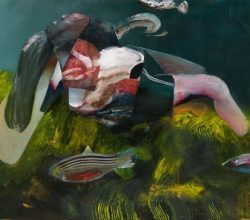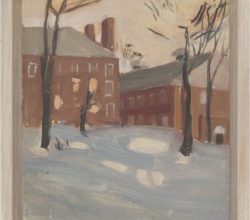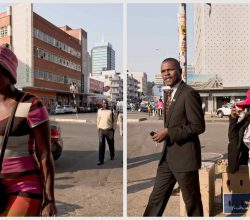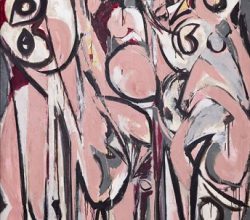
Lee Krasner: Will Gompertz reviews the 20th Century’s unsung artist
Will Gompertz | bbc.com | 1st June 2019
Krasner’s marriage to Jackson Pollock slowed her art because, it is suggested, she carried “two loads of self-doubt, his and hers”. But there were also benefits, coming from their critical engagement with each other’s work. At her first retrospective a critic noted some of Krasner’s work was “touched with real grandeur”. Decades later, that judgement seems affirmed. Images are here.

